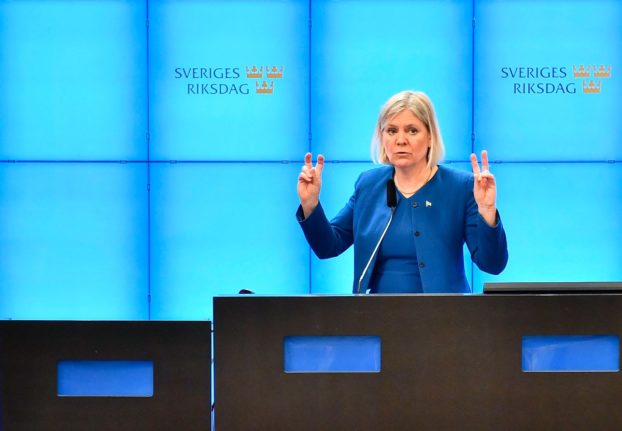According to a new report from Sweden’s Institute for Evaluation of Labour Market of Education Policy, IFAU, the higher the number of free schools in a municipality, the better the results of the local children.
“We have found a positive connection. The municipalities where results are improving are those that have a larger number of free schools in the area,” said the author of the report, Mikael Lindahl, to daily Svenska Dagbladet (SvD).
By comparing national tests in maths and English, Lindahl and colleague Anders Böhlmark have looked at changes in results in all of Sweden’s municipalities between 2009 and 1992, when Sweden’s free school reform came into effect.
The reform meant that the municipality paid subsidies to independent free schools (friskolor), with local authorities paying 85 percent of what the schooling would have cost the local council.
The reform made it easier to start a free school in Sweden than before.
The authors believe that there could be several reasons why areas with more free schools do better in national tests than others.
One would be the incentive to do better in areas where schools are competing for students.
Another could be that having school options means a better match between the right school and the right student, which in turn would lead to positive peer pressure.
A third may be that positive pedagogical practices might spread between schools in a specific area.
“We can’t really be certain about that, but what we can see is that the improvement hasn’t just involved the students from the free schools but also those in municipality-run public schools,” said Lindahl to SvD.
The study also show that the higher the number of free schools in an area, the more the results of the students have improved. Generally the results in these areas have improved by some 3.4 percent.
“It isn’t amazingly large effects. But neither are they insignificant. It shows that the free schools have some effect. Especially since we have also seen that costs have not increased,” Lindahl said to SvD.
Neither did results differ between for-profit schools compared to others.
“We see no differences between for-profit free schools and others. That is the conclusion we must draw,” said Lindahl.
According to the paper, some 12 percent of Swedish schoolchildren attend the publicly-funded, privately-owned free schools.
The Swedish system with a tax-funded school voucher and a significant freedom in both starting and choosing a school is seen as a role model in several other countries including in Britain and in the US; where the model is seen as a potential complement to the private and public schools.
The Local/rm



 Please whitelist us to continue reading.
Please whitelist us to continue reading.
Member comments